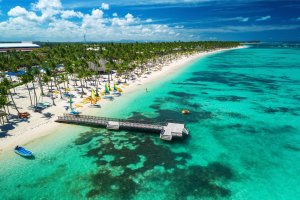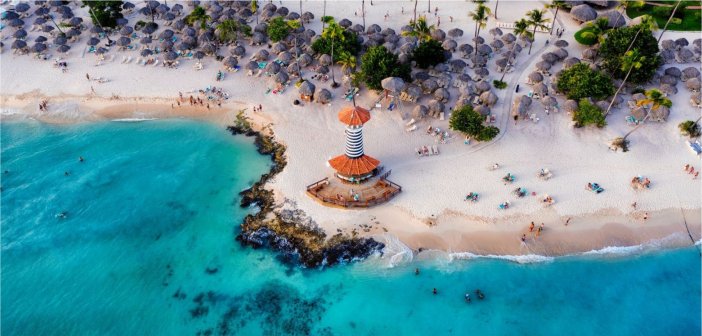Home to unrivalled diversity, Latin America is a melting pot of cultures
The countries that make up Latin America are as distinct from one another as the region is from other parts of the world. So, what unites them? In addition to geographical proximity and the Spanish language (with the exception of Portuguese in Brazil and French in Haiti), perhaps it’s the culture, the climate, the more relaxed outlook on life than European counterparts. There are a number of familiarities that unite them but, at the same time, many aspects that make them unique thanks to their historical context. This is, ultimately, the charm of Latin America.
With that in mind, we have prepared a broad overview of the “best of all things Latin”, with a particular focus on tourism, culture and gastronomy. With so many countries to choose from and so few pages, it won’t be possible to showcase everything at once, but we promise to profile each one in greater detail in future editions. Below are some of the highlights.
To give priority to our Latin neighbours, we will not include Brazil in this section. But worry not, if you want to find out more about this South American giant just browse any of the other editions of BBMag – Bossa Brazil Magazine printed or online.
Dominican Republic

Other highlights are the Los Haitises National Park, with predominant mangrove vegetation, pelicans and manatees, as well as rock paintings and engravings, and Bayahibe, a more sedate option, with its coral “gardens” and shipwrecks for lovers of diving and snorkelling.
The typical plate in the Dominican Republic is one made up of rice and beans, with chicken or meat, accompanied by a salad of avocado and tostones (fried plantain).




